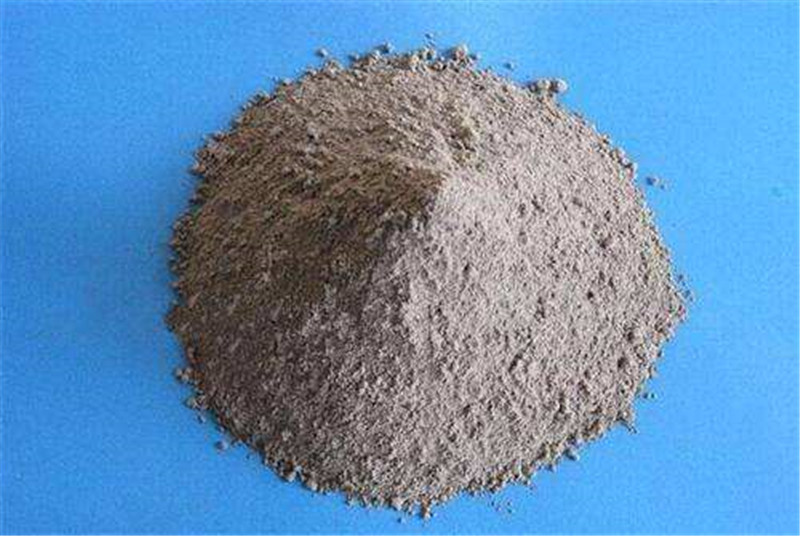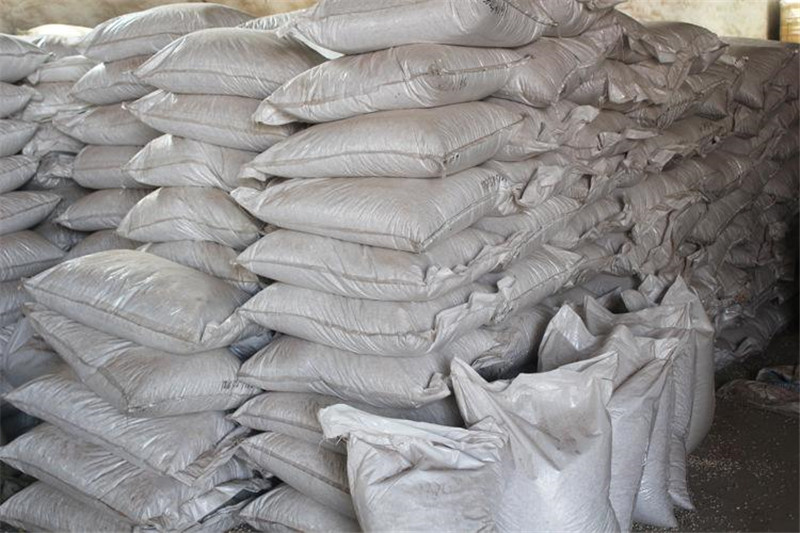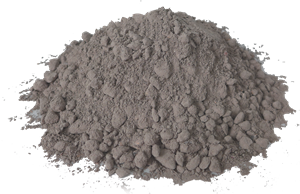Moisture Retention and High Temperature Performance of Refractory Plastic
Refractory plastics are mainly used in heating furnaces, electric furnace tops, and other parts. Due to the shortcomings of short storage time and poor fire resistance, its application range is limited. However, this refractory material has some irreplaceable advantages, such as the high-temperature strength of the furnace body that can be constructed with plastic refractory materials, excellent thermal shock performance, low thermal conductivity, and flexible construction methods. Rongsheng refractory material manufacturer, based on years of production and sales experience, conducted some experimental analysis on the moisture retention performance and high-temperature performance of refractory plastics.
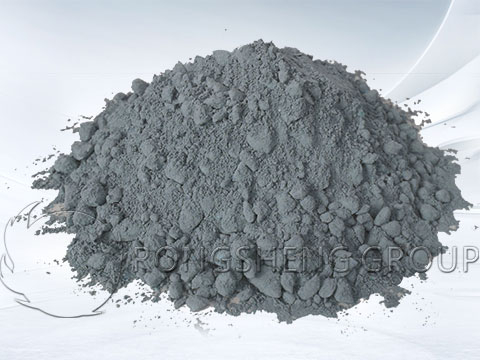
Moisture retention and high-temperature performance of refractory plastic
- (1) The use of super-grade downdraft kiln high-alumina bauxite as the main raw material can significantly improve the moisture retention performance of the refractory plastic.
- (2) Using phosphoric acid and sulfuric acid in the form of a compound combination, and then adding an appropriate amount of admixture, it is possible to produce a refractory plastic with excellent moisture retention performance and strength indicators. Using a single combination method, the effect is not ideal enough.
- (3) Select super-grade high-bauxite with dense sintering and low impurity content, minimize the content of iron oxide in the material, and add an appropriate amount of humectant, which can significantly extend the moisture retention period of the plastic refractory.
Selection of Refractory Plastic Aggregate
The new type of plastic refractory should have excellent plasticity, moisture retention, and high-temperature performance. To meet these conditions, it is very important to choose the right raw material. The raw material should have good volume stability. During the heating process, it can be well sintered and reacted with cement such as clay. The aggregate should have an appropriate particle size. And gradation, the critical particle size of general refractory plastic aggregate is less than 10 mm, the amount of aggregate is 55-65%, and the amount of powder is 35%-45%. Through the strength test and moisture retention test, it is found that although the refractory plastics produced with the third-grade high-alumina and the second-grade high-alumina as the main raw materials have higher strength after firing, the moisture retention performance of the material is poor. Therefore, it is determined to use super-grade high-bauxite as the main raw material which requires dense sintering and low impurity content. In order to improve the moisture retention performance, the content of iron oxide in the material should be strictly controlled.
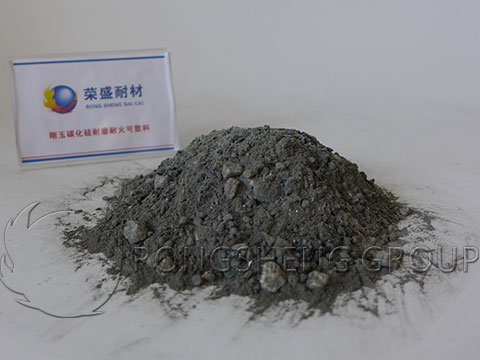
Influence of the amount of clay and fine powder adding on refractory plastics properties
Adding bonded clay to the refractory plastic, it mainly acts as a cement, and at the same time improves its plasticity and sintering performance. The particle size of clay should generally be less than 200 mesh. Its dosage should be reduced as much as possible while ensuring plastic refractory viscoplasticity and cementation ability. If the amount added is too much, it is easy to cause the linear shrinkage of refractory plastics to increase after high-temperature burning, the softening temperature under load will decrease, and the high-temperature creep will increase. If the amount added is too small, the plasticity of the material cannot be guaranteed. The manufacturer of Rongsheng refractories has determined through experiments that the amount of clay added is 5% to 15%. In order to reduce the change of the burnt line of the plastic refractory, an appropriate amount of kyanite can be added. Because kyanite produces volume expansion at high temperatures, it can offset the partial shrinkage of the plastic refractory, its fineness is 150 mesh, and the adding amount is controlled at about 5%. In order to improve the plasticity and thermal shock performance of the plastic refractory, and further reduce the impurity content in the raw materials, alumina micro powder and silica micro powder are added. This can not only improve the construction performance of the material but also increase the medium-temperature and high-temperature strength of the product. The total addition of the two is generally controlled at 6% to 12%, which is more reasonable.
It is found through experiments that when the plasticity index is about 14%, the plasticity is relatively hard and the construction performance is poor. When the plasticity index is around 26%, the plasticity feels softer and the construction is easier. In order to facilitate the construction and meet the requirements of other performance indicators, through repeated experiments, it is confirmed that the plasticity index of refractory plastic is about 28%.
Choice of refractory plastic binder
In order to make refractory plastics have higher strength and excellent moisture retention properties, Rongsheng refractory manufacturers have experimented with various binders, such as phosphoric acid, water glass, and aluminum sulfate. It can be proved by experiments that using phosphoric acid as a binder can make refractory plastics have higher strength indicators. However, due to the strong acidity of phosphoric acid and the high content of iron oxide in the raw materials, phosphoric acid is easy to produce chemical reactions with iron oxide, which makes the moisture retention performance of refractory plastics worse. Using aluminum sulfate as a binding agent, the plastic refractory has a longer moisture retention performance, but the strength index of the plastic refractory cannot meet the use requirements. Using water glass as a binder, the moisture retention performance of the material is better in a short period of time, but after a long storage time, the construction performance of the plastic refractory will deteriorate. In addition, when the refractory plastic combined with water glass is baked, the strength of the plastic refractory construction body will be adversely affected due to the hard shell formed on the surface. Through repeated experiments, it is determined that phosphoric acid and aluminum sulfate are used in combination so that the moisture retention performance and strength indicators of the plastic refractory can meet the use requirements.
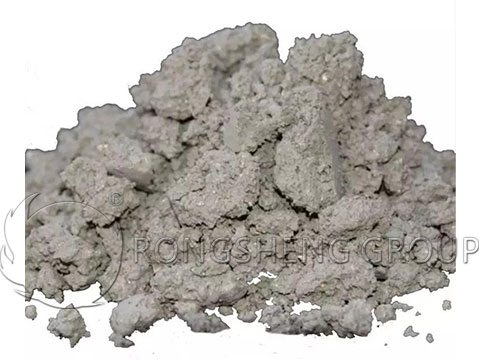
Factors Affecting Humidity Performance of Refractory Plastics
1. Influence of aggregate type
Through continuous moisture retention experiments, it is found that the moisture retention performance of the refractory plastic with super-grade downdraft kiln high alumina aggregate is significantly better than that of other low-grade aggregates. This is due to the dense sintering of super aggregates and the low water absorption of particles.
2. Influence of the type of binder
Binders have the greatest impact on the moisture retention properties of refractory plastics and also play a key role in other properties. If the choice is not appropriate, the plastic refractory will not be able to meet the requirements of use.
Through the experimental research on the moisture retention performance and compressive strength performance of the test block, as well as the comprehensive consideration of the cost of raw materials, phosphoric acid, and aluminum sulfate were finally selected and determined to be used as composite binders. In this way, it can not only meet the moisture retention performance requirements of the refractory plastic but also meet the requirements of medium-temperature and high-temperature strength.
3. Influence of the type of admixture
It can be seen from experiments that adding organic acid (such as oxalic acid), dextrin, and other admixtures can prevent or delay the reaction between the binder and the refractory material, and play a role in prolonging the moisture retention performance of the refractory plastic. Some admixtures are oily, which can effectively reduce the phenomenon of refractory plastic agglomeration, which mainly prolongs the moisturizing performance of the material from the physical aspect. The main binders such as oily moisturizers and phosphoric acid are not miscible, but they can reduce the chance of chemical reaction between phosphoric acid and raw materials so that the moisturizing effect is better.
Used in furnaces such as heating furnaces and annealing furnaces, refractory plastics have certain advantages over castables. It does not need on-site mixing equipment and can be directly constructed. It is viscous and does not flow. It is easier to combine with the old lining when repairing, and it can be partially repaired without a template. Because of its low water content, the requirements for baking conditions are not very strict.
Rongsheng Refractory Plastic Manufacturer
Rongsheng refractory material manufacturer is a refractory material manufacturer with rich production and sales experience. Our refractory products have been sold to more than 80 countries and regions all over the world. For example, South Africa, Chile, Egypt, Colombia, Uzbekistan, Italy, Indonesia, Ukraine, Hungary, Spain, Kenya, Syria, Zambia, Oman, Venezuela, India, Peru, the United States, Ethiopia, etc. Our technical team has rich experience and actual customer cases, whether it is in the solution of refractory lining materials or in the design of refractory materials for the rotary kiln insulation layer. To purchase high-quality refractory plastic materials, please contact us. We can provide free samples and quotations.
